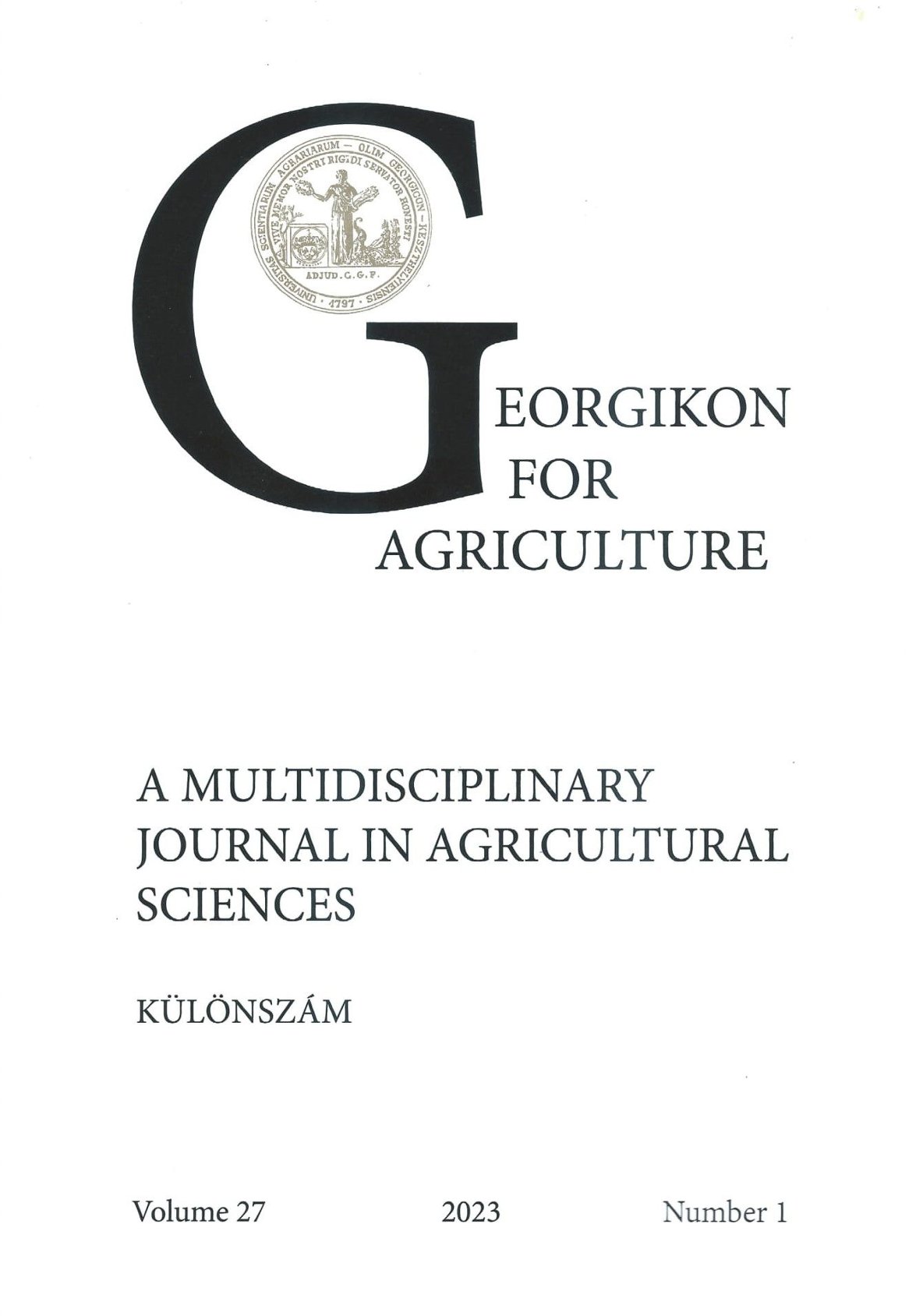Using the HET-CAM test in determining the eye irritation potential of some pesticides
Keywords:
HET-CAM, eye irritation, in vivo, in vitro, UN GHSAbstract
Before being registered, pesticides must pass a number of toxicological tests. Examining the potential for eye irritation is one of these tests. The Draize test (in vivo), which covers the full irritation potential, is one of the most criticized methods due to the harm done to the test animals. To replace in vivo testing for eye irritation, a number of in vitro techniques, such as the hen's egg test–chorioallantoic membrane (HET-CAM), have been utilized to examine the toxicity of suspected irritants. In the HET-CAM test, pesticides are applied directly to the hen’s egg chorioallantoic membrane, and the incidence of lysis, haemorrhage, or coagulation in response to the pesticide is observed for 5 minutes. In our study, a group of four pesticides were subjected to screening in order to establish in vitro data (HET-CAM) and compare with already established in vivo (Draize) findings. The findings showed a significant correlation of 75% between the HET-CAM and the in vivo United Nations Globally Harmonized System of Classification and Labelling of Chemicals (UN GHS) classification of the pesticides, and a 25% overprediction by the HET-CAM as compared to the in vivo data. The HET-CAM test can be said to be a good tool for examining the possible eye irritation potential of pesticides, which can be suggested as a component of a series of experiments meant to lessen the use of mammals as test subjects and alleviate or completely do away with the sufferings that experimental animals endure.
References
Barile, F. A. 2010. Validating and troubleshooting ocular in vitro toxicology tests. Journal of Pharmacological and Toxicological Methods 61. 136-145
Budai, P., Kormos, E., Buda, I., Somody, G. and Lehel, J. 2021. Comparative evaluation of HET-CAM and ICE methods for objective assessment of ocular irritation caused by selected pesticide products. Toxicology in Vitro 74. 105150
Choksi, N. Y., Truax, J., Layton, A., Matheson, J., Mattie, D., Varney, T., Tao, J., Yozzo, K., McDougal, A. J., Merrill, J., Lowther, D., Barroso, J., Linke, B., Casey, W. and Allen, D. 2019. United States regulatory requirements for skin and eye irritation testing, Cutaneous and Ocular Toxicology 38(2). 141-155.
Draize, J., Woodard, G. and Calvery, H. 1944. Methods for the study of irritation and toxicity of substances applied topically to the skin and mucous membranes. Journal of Pharmacology & Experimental Therapeutics 82. 377-390.
European Commission, 2009. European Commission Regulation (EC) no 1107/2009 of the European Parliament and of the council of 21 October 2009 concerning the placing of plant protection products on the market and repealing council directives 79/117/EEC and 91/414/EECOff. J. Eur. Union L, 309 (52) (2009) 1-50.
Invittox Protocol Number 47. 1990. HET-CAM Test, ISSN 0960–2194
Kormos, É., Tavaszi, J., Budai, P., Pongrácz, A. and Lehel, J. 2009. Eye irritation study of some pesticides on chorioallantoic membrane of the egg. Communications in agricultural and applied biological sciences 74(1). 125-128.
Luepke, N. P. and Kemper, F. H. 1986. The HET-CAM test: An alternative to the Draize eye test. Food and Chemical Toxicology 24. 495-496.
OECD, 2019. Guidance document on an Integrated Approaches to Testing and Assessment (IATA) for serious eye damage and eye irritation. Series on Testing and Assessment No. 263. (Second Edition)
Prinsen, M. K., Hendriksen, C. F. M., Krul, C. A. M. and Woutersen, R. A. 2017. The Isolated Chicken Eye test to replace the Draize test in rabbits. Regulatory Toxicology and Pharmacology 85. 132-149.
Talaei, S., Mahboobian, M. M. and Mohammadi, M. 2020. Investigating the ocular toxicity potential and therapeutic efficiency of in situ gel nanoemulsion formulations of brinzolamide. Toxicology Research 9. 578-587.
Tavaszi, J. and Budai, P. 2006. Toxicity study of agrochemicals on chorioallantoic membrane of the egg. Communications in Agricultural and Applied Biological Sciences 71. 101-105.
Tavaszi, J. and Budai, P. 2007. The Use of HET-CAM Test in Detecting the Ocular Irritation. Communications in Agricultural and Applied Biological Sciences 72. 137-141.
Downloads
Published
Issue
Section
License
Copyright (c) 2023 Esther Ijeoma Idogwu, Svetlana Kazarova, Éva Kormos

This work is licensed under a Creative Commons Attribution-NonCommercial-NoDerivatives 4.0 International License.
Cikkre a Creative Commons 4.0 standard licenc alábbi típusa vonatkozik: CC-BY-NC-ND-4.0. Ennek értelmében a mű szabadon másolható, terjeszthető, bemutatható és előadható, azonban nem használható fel kereskedelmi célokra (NC), továbbá nem módosítható és nem készíthető belőle átdolgozás, származékos mű (ND). A licenc alapján a szerző vagy a jogosult által meghatározott módon fel kell tüntetni a szerző nevét és a szerzői mű címét (BY).




